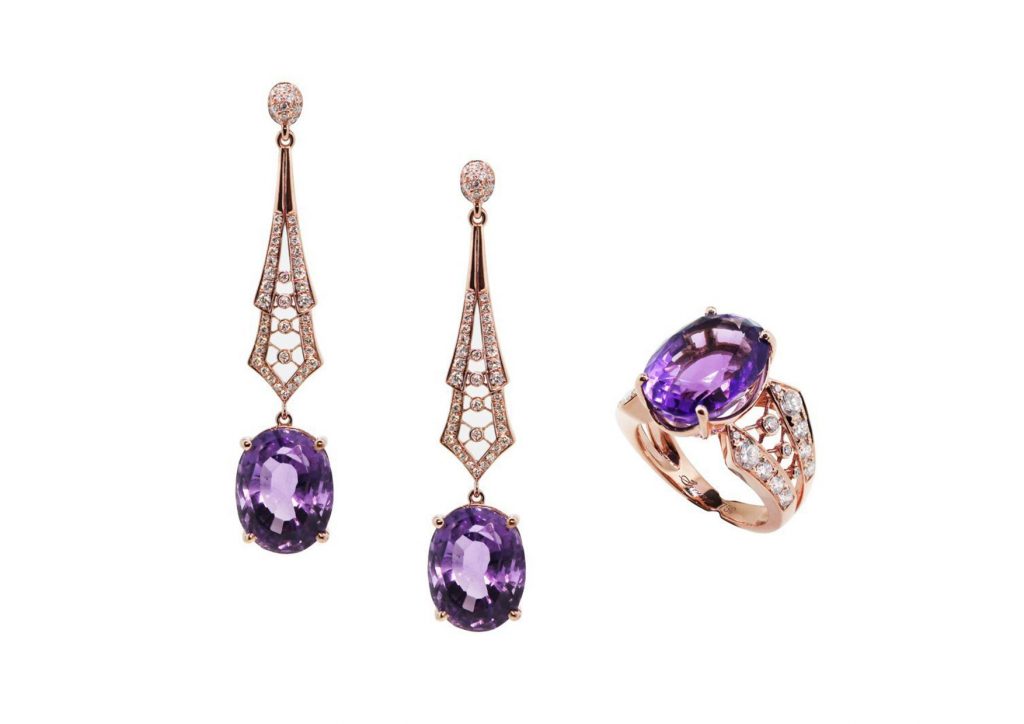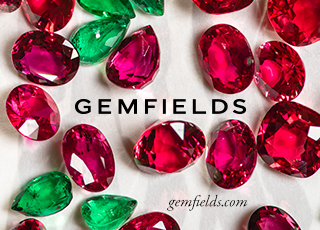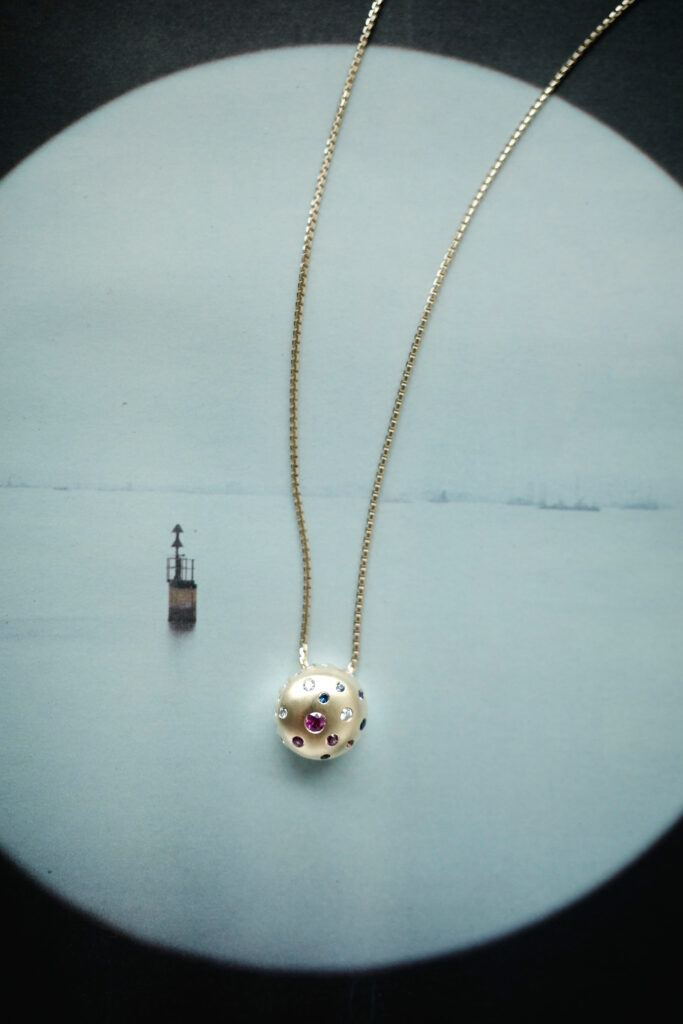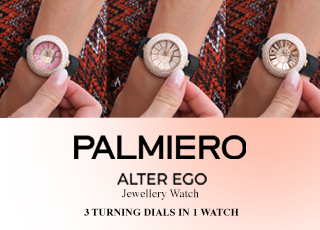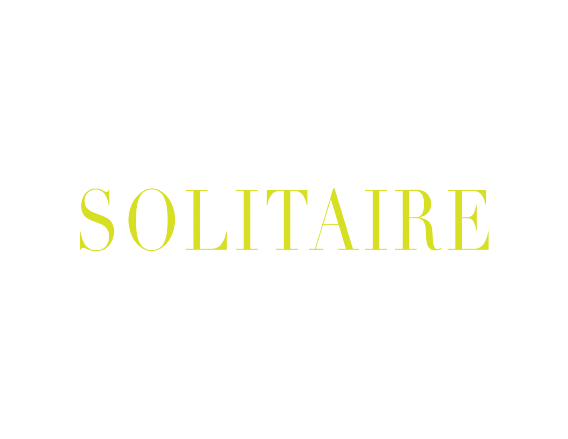In the name of sustainability, Simone Jewels is putting the limelight on recycling jewellery. The process, Simone Ng reveals, is not as straightforward as it seems.
It is a fact that not all fine jewellery are created equal. This sobering reality is one many a regretful collector have to come to terms with after impulse purchases, lost love for pieces or inheriting old gems.
And often, the fate of these less-than-desirable pieces is grim. Pieces are either pawned off for lesser, broken apart for gems, or left to rest in a graveyard of untouched cupboard space. But for 15 years, Simone Jewels has been offering a sanctuary for clients and their collection of bejewelled outcasts.

Founder Simone Ng has been practising recycling fine jewellery since the inception of her studio, but is now readily encouraging clients to breathe new life into the jewellery they no longer wish to keep. In the name of sustainability, Ng and her team take on the task of carefully distilling precious materials and gems in unwanted creations and transforming them into new, desirable works of jewellery art.
Essentially, recycling jewellery at Simone Jewels sounds like a bespoke jewellery project with more steps. But those extra steps set them a world apart from other jewellers when it comes to pushing for sustainability or showcasing the extent of their capabilities.
“Some jewellers help their regular clients reset original pieces of jewellery bought from them,” Ng explains. “They would usually only recycle the main stone with certain conditions, such as allowing the jeweller to add other gemstones.”
As a result, Ng continues, customers do not understand the total value of the gems they own and start to lose confidence in their jewellery’s long-term investment value. But the extent of Simone Jewels’ recycling program offers a more enlightening approach.
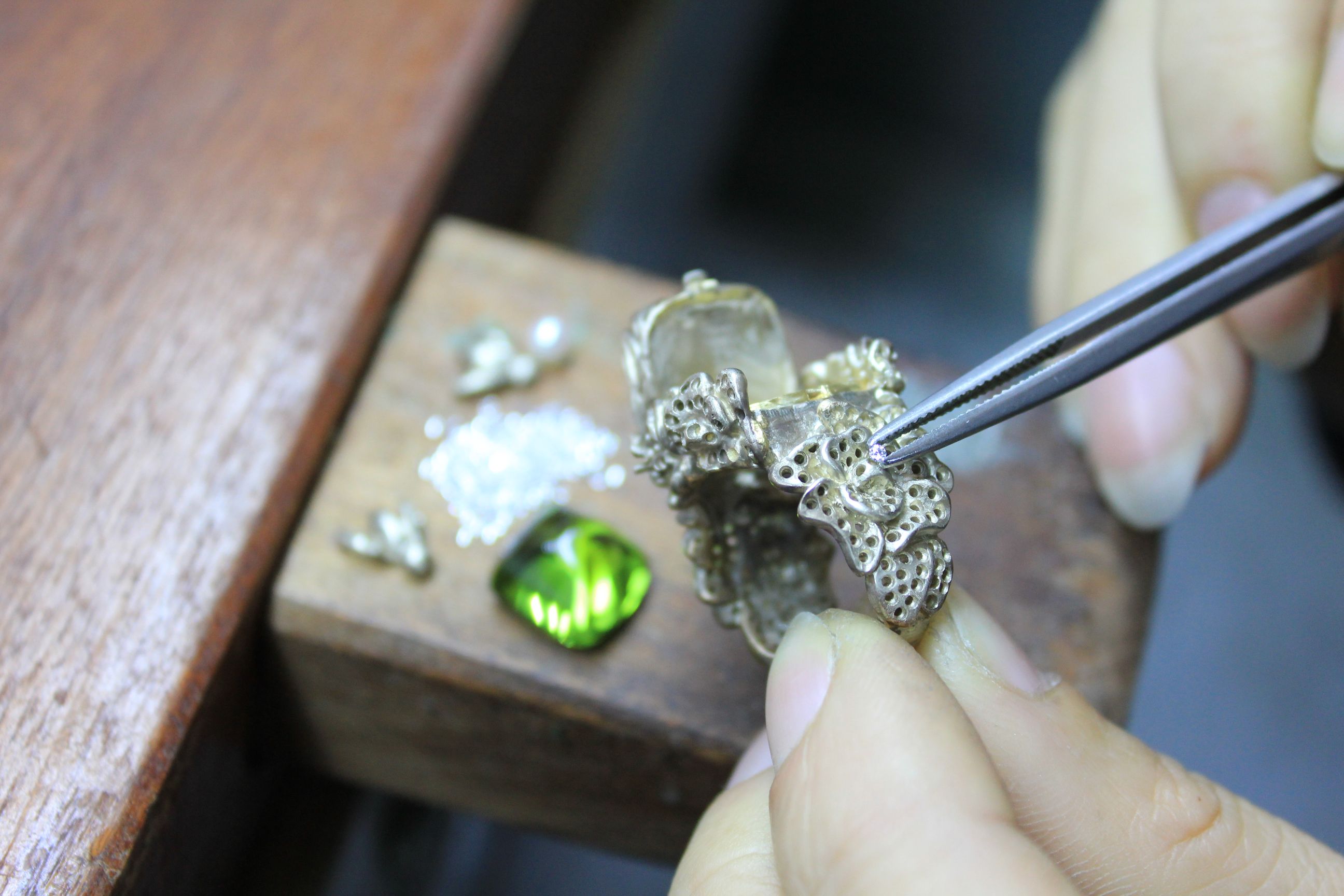
A behind-the-scenes look at a piece of jewellery getting a new lease on life at Simone Jewels
“On our end, we practice recycling everything reusable into the new design provided they are natural and are of jewellery quality. Often, we accept pieces that we did not originally craft.”
The entire recycling process requires a significant amount of work. Simone Jewels only uses precious materials like gold and natural gemstones for its jewellery. As such, the team must also ensure that the client’s jewellery and loose gemstones must meet the same standards before it is recycled and transformed into new fine creations.
That requires few rounds of assessments and consultations. For instance, all gemstones need to be authenticated and determined if they are stable enough to be reset in a new piece, and gold must be tested for its purity before it is smelted for reuse.
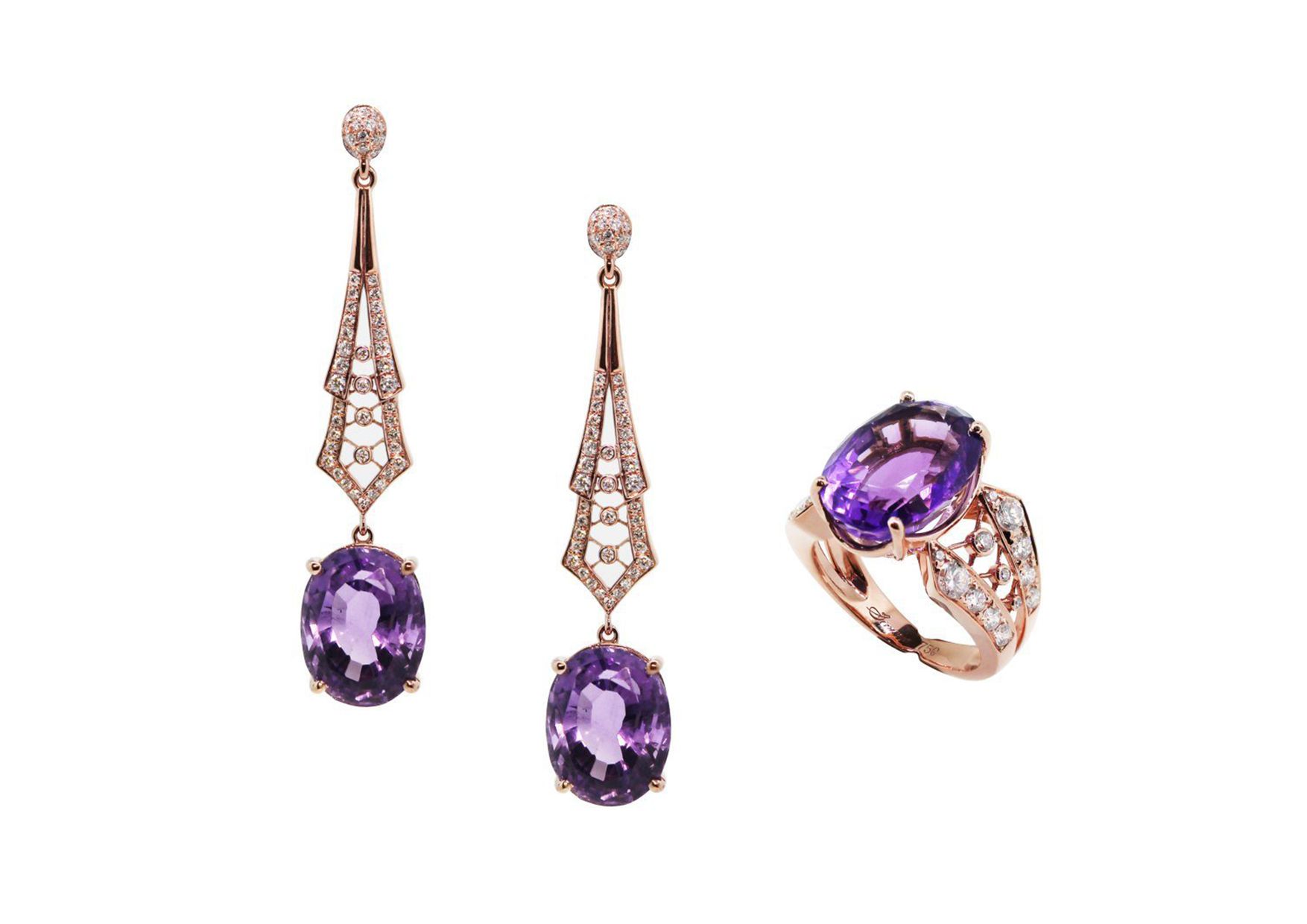
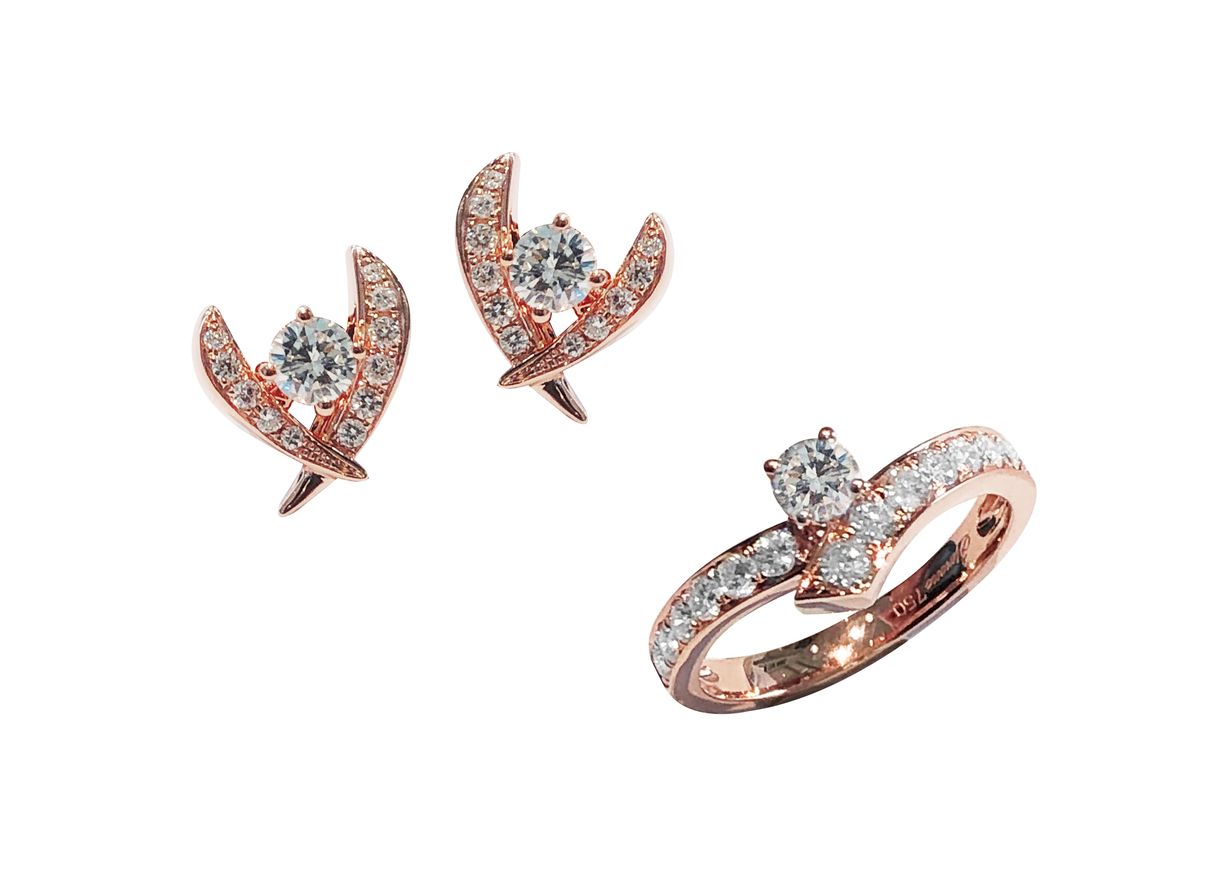
Top: Amethyst earrings and ring set
Bottom: Diamond earrings and ring set
In one extraordinary case, the team has had to painstakingly evaluate close to 200 gemstones set in a client’s necklace. Yet, these processes are also crucial: Simone Jewels has discovered unsuitable materials, such as synthetic gems in some cases and returned them to clients. The assessment could also be a literal ‘make or break’ moment: The team must be extra cautious about using vintage jewellery and stones that are too soft and delicate to reset in new jewellery.
It has also managed to preserve some rare pieces, crafted with special techniques no longer in practice today, from unnecessary modifications.
Once it is all sorted out, the design process begins. Simone Jewels’ penchant for transformable design makes it easier for clients to imagine more versatile creations to wear, whether for everyday styles or special occasions. Often, clients look at reworking recycled precious materials into engagement rings or modern heirlooms.
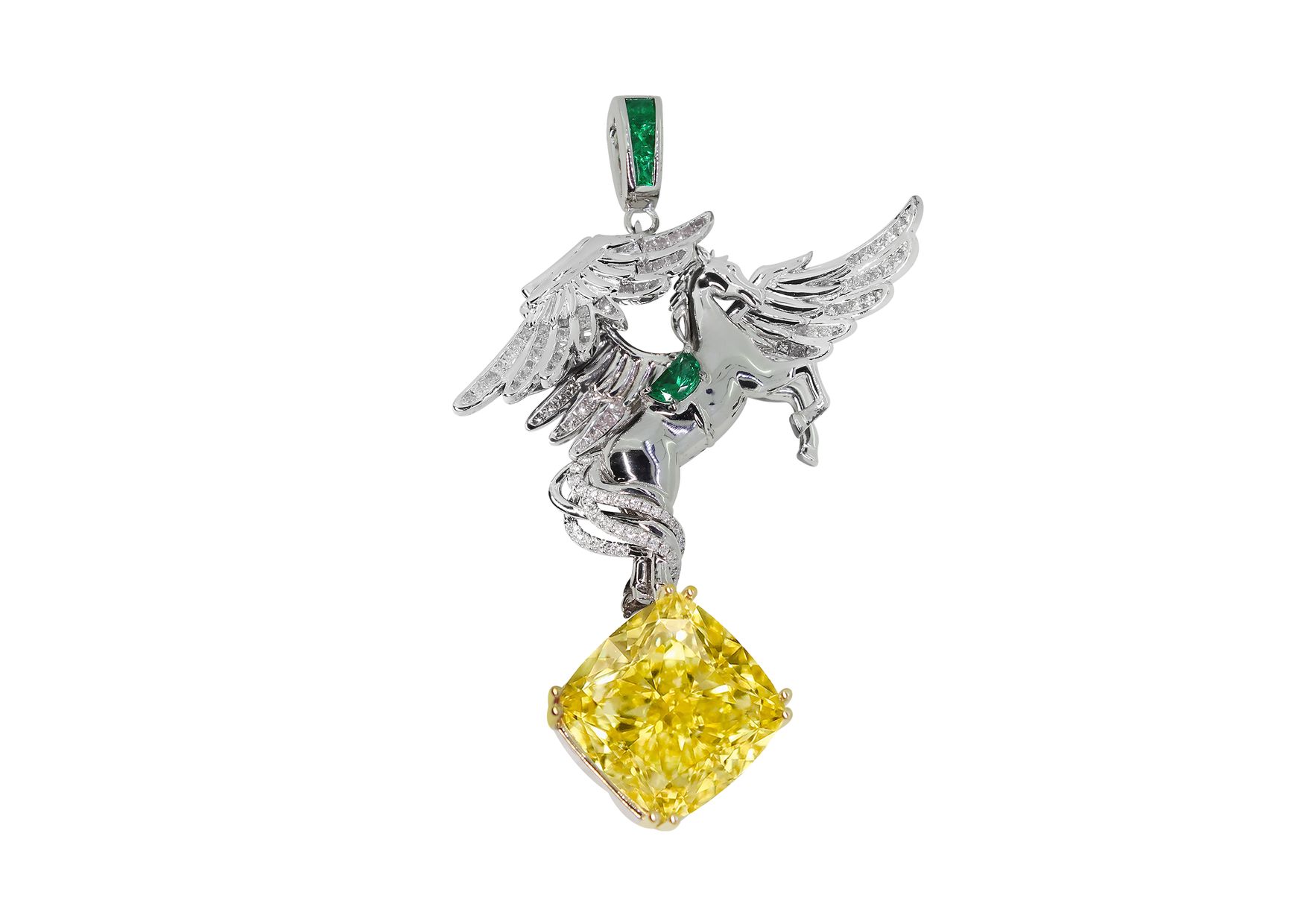
Reverso Pegasus Yellow Diamond necklace
More than just an environmentally friendlier route, the recycling program also offers a meaningful and sentimental approach to jewellery making.
Ng recalls a client who wanted to divide her extensive jewellery collection to her granddaughters, but found it difficult to distribute the pool amongst the three women with unique styles. Instead, the team dismantled all the pieces, consolidated all the precious metals and gemstones and split them between the women equally.
“We sat down with each of the women to design something that suits them,” Ng says. “And, at the back of the final pieces were special messages from grandmother to granddaughter.”
But it was the transition from old material to new forms, and bonding and collaboration between matriarch and the younger generation that made the whole recycling experience truly priceless for all involved.
The greener way of making new jewellery is certainly no easy feat and is far from pocket- or time-friendly. “The process takes additional effort and time behind the scenes,” Ng admits. “But we do not pass these costs on to our clients. This is our commitment and contribution in support of recycling.”
“In our small way, we hope to make a difference for a better tomorrow.”

